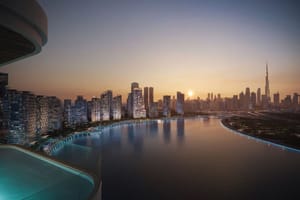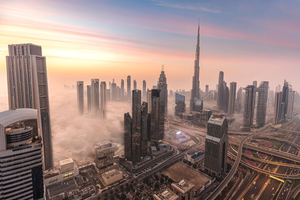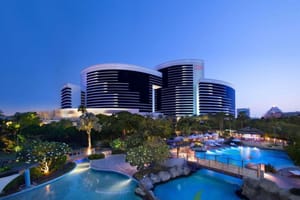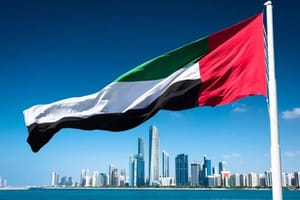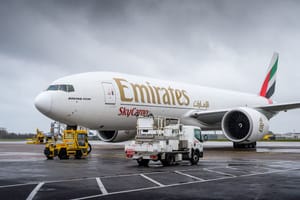Besides capturing security footage, this high-tech equipment can detect fire, smoke, and temperature changes.
The world’s first explosion-proof security camera designed mainly for hazardous locations has been launched in Dubai.
Since these unique CCTV cameras won't be damaged in blasts, they are ideal for military areas, airports, those used by the oil and marine industry, and even in jails. These cameras offer an optimal solution for relatively larger zones at a hazardous location.
Designed in line with North American and European standards for equipment at potentially explosive atmospheres, the camera uses the ‘Ex e’ protection method, which ensures it won't cause any sparks.
Explaining the technology behind the cameras, Steven Kenny, architect and engineering programme manager for EMEA at Axis Communications, said:
“The purpose of the explosion-protection cameras is really to mitigate the risk of the actual camera and the camera device itself being the root cause of an incident...What we actually find is that we have to make these robust stainless steel type materials, and the actual sealing process of the camera is there to make them completely airtight and environment-proof. So, we don't cause an incident from the actual explosion protection camera itself.”
The actual camera technology and its analytics are capable of monitoring different things — like smoke and temperature. But the same technologies can be used for different applications like objects, people, and vehicle-tracking — as well as preventing unauthorized access and avoiding unwanted downtime caused by overheating equipment.
It also has pre-installed early fire detection analytics which reduces false alarms and spots temperature readings.
Kenny added that the cameras are durable, impact- and weather-resistant and also deliver “excellent video quality in 4K resolution at up to 60 fps, and detailed images under any light conditions".
"The design and the implementation of this type of technology are based on market demand. There are very stringent rules and regulations globally, on the type of technology, and how it should be designed and manufactured for certain types of environments. So, what this has to do is design the actual technology to comply with the standards and once they've been designed to meet the standards, they then have to be externally certified...to meet well-established industry standards,”
he said.
The components which are manufactured in different sites are then third-party-tested.
“We’ve got 11 different manufacturing sites around the world. We use local third-party subsidiaries to do the testing and the certification of the product as there are different components manufactured in different parts of the world. Then, there are different assembly sites as well,”
Kenny said.
With a large number of end users across the Middle East, the equipment is currently being tested.
“We've now got a large number of end users that are testing this because, obviously, they have the local compliance needs. They also need to test it for temperature requirements, which are fairly unique to the Middle East. Saudi Aramco, BP, Shell, Chevron, are the type of profile organizations that we anticipate viewing the technologies whilst we're here.”
News Source: Khaleej Times


